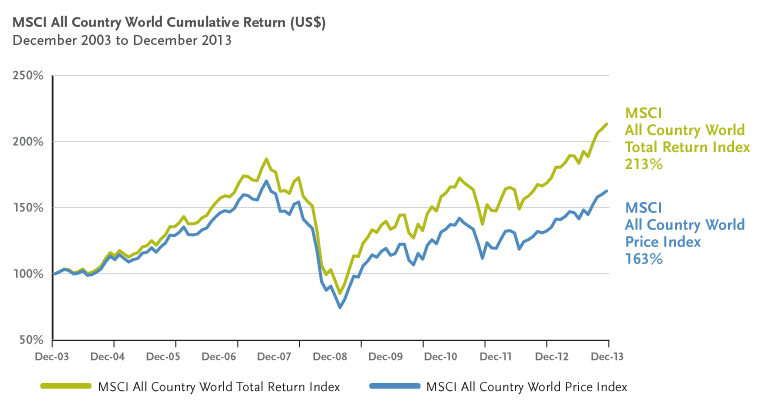The why & how of investing in global mutual funds
Post on: 9 Сентябрь, 2015 No Comment

O ne of the basic principles of investing is diversification: that is, not putting all your eggs in one basket.
This means investing in a wide variety of assets like real estate, gold, oil, shares etc whose prices don’t always move together. What this does is reduce the overall risk of your portfolio.
When one type of asset is doing poorly, say gold, another, say shares, will do well and make up for it.
International diversification: investing in a number of countries around the world. This, too, is an important way of reducing your investment risks.
What is the logic of international diversification?
Different countries have risks that are specific to themselves. For example, the possibility of an unstable coalition in India and a quick election wouldn’t affect stock markets in other parts of the world too much.
If you have investments across a range of countries your exposure to such country-specific risks is then considerably lower.
Fortunately the Indian investor today has an increasing number of options when it comes to investing in foreign assets through mutual funds. There are around a dozen international funds today available to the Indian investor, several of them being launched in the last few months.
The Reserve Bank of India’s [ Get Quote ] restrictions on Indian mutual funds investing abroad have been steadily reduced in recent years making this one of the most exciting sectors of the mutual fund industry.
On September 25 this year, the RBI increased the earlier ceiling of $4 billion to $5 billion for Indian mutual funds investing abroad. That is, Indian mutual funds can now collect $1 billion more from Indian investors and invest it in stocks or mutual funds across the world.
Is this a good time for investing in international funds?
You could make a strong case along those lines. The Indian markets have been highly volatile in recent months so diversifying internationally may help reduce the overall risk of your investment portfolio.
Though Indian markets have performed well in September, there are some signs that they are overvalued particularly the stocks of blue chip companies. At the same time there is a fair amount of political risk as the controversy over the Indo-US nuclear deal creates uncertainty.
Overall this seems a good time as any to diversify abroad.
What are the different types of international mutual funds?
Just as with any other type of mutual fund, there are a variety of international funds with different strategies and investments.
While most of these funds invest in foreign stocks some of them invest in other assets like real estate.
For example the Sundaram BNP Paribas Global Advantage Fund will invest not just in stocks from Asia, Europe and Latin America but also in real estate and commodities. Similarly the Tata Indo Global Infrastructure Fund will invest around a third of its money in international infrastructure companies.
Another approach is called ‘fund of funds’ which means that the Indian mutual fund will invest in a foreign mutual fund instead of investing directly in international stocks. This reduces transactions costs and makes use of international investment expertise.
For example the DSP Merrill Lynch World Gold Fund (an Indian mutual fund scheme) will invest in the Merrill Lynch World Gold Fund (a global mutual fund based out of US).
Not all international funds invest all their money abroad. This is because there are tax advantages for funds which invest at least 65 per cent of their assets domestically.
An example of a fund which takes advantage of this is ABN Amro’s China-India Fund which will invest up to 35 per cent of its assets in Chinese stocks.
What are the risks of international funds?
In addition to the usual investment risks, there is currency risk which means that if the rupee rises in value against the dollar, your rupee return from your international fund will be lowered.
Of course the flip side is that if the rupee falls in value, international returns become more attractive in rupee terms.
In the Indian context another disadvantage is that this is a relatively new area so most of these funds don’t have much of a track record. Finally international funds are exposed to country-specific risks in the countries they invest in.
Despite these risks, international funds are a useful way of reducing the overall risk of your portfolio and should be seriously considered by all investors.














